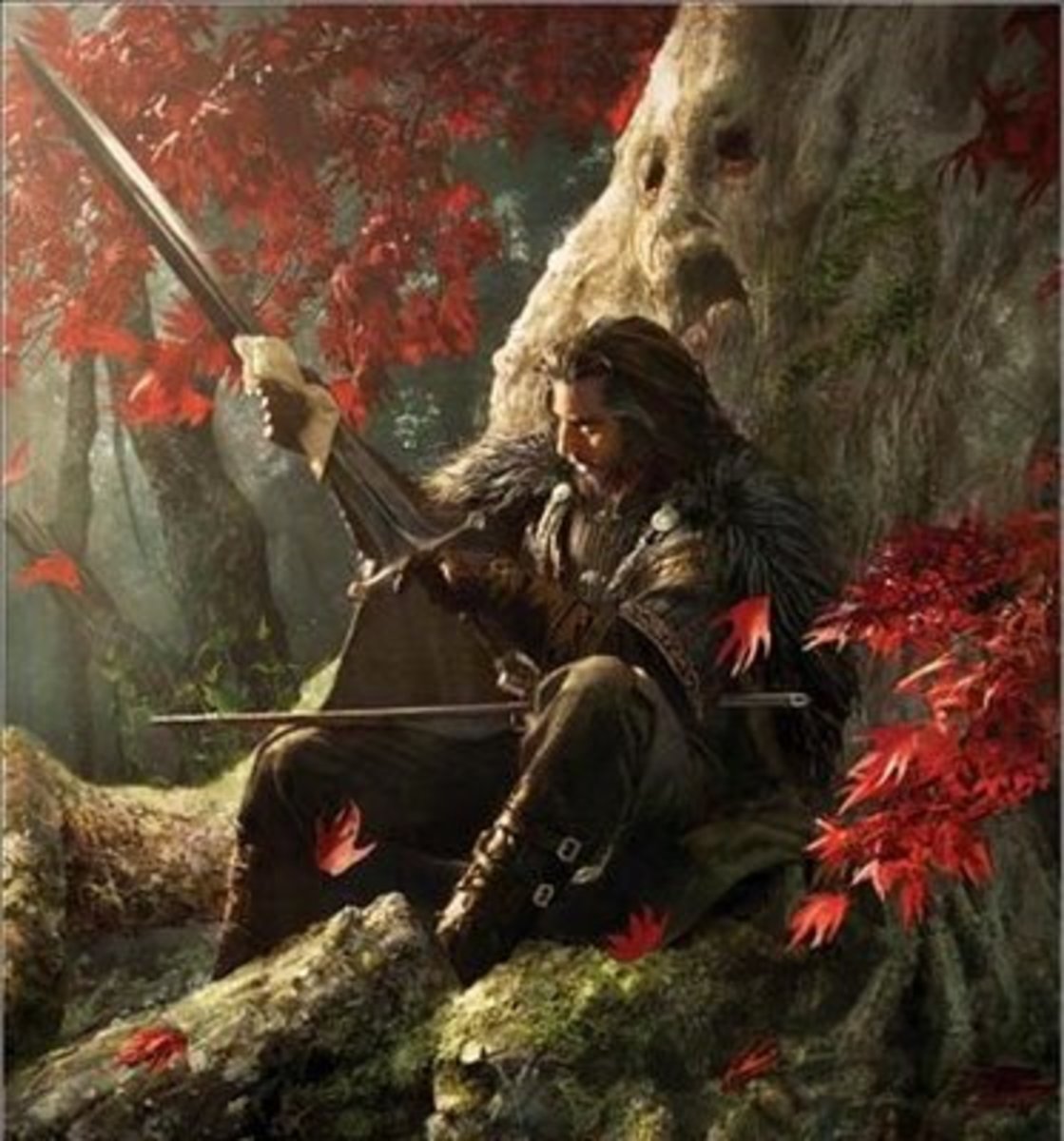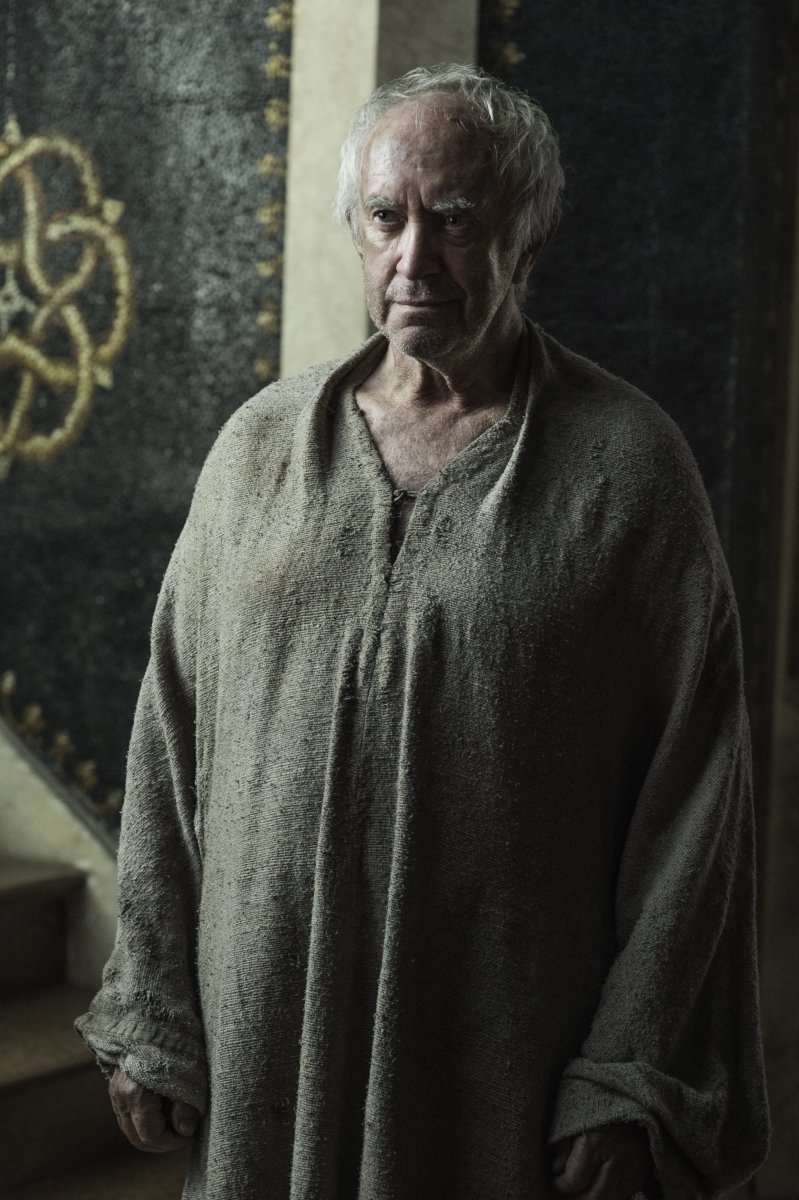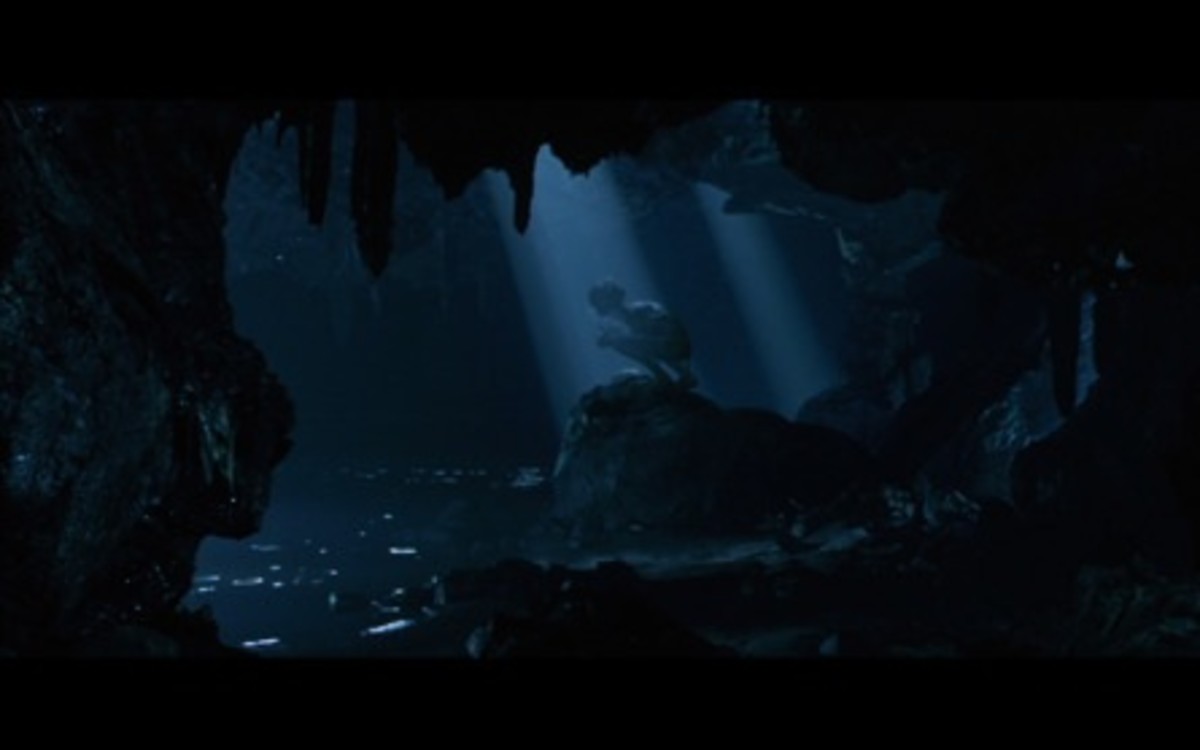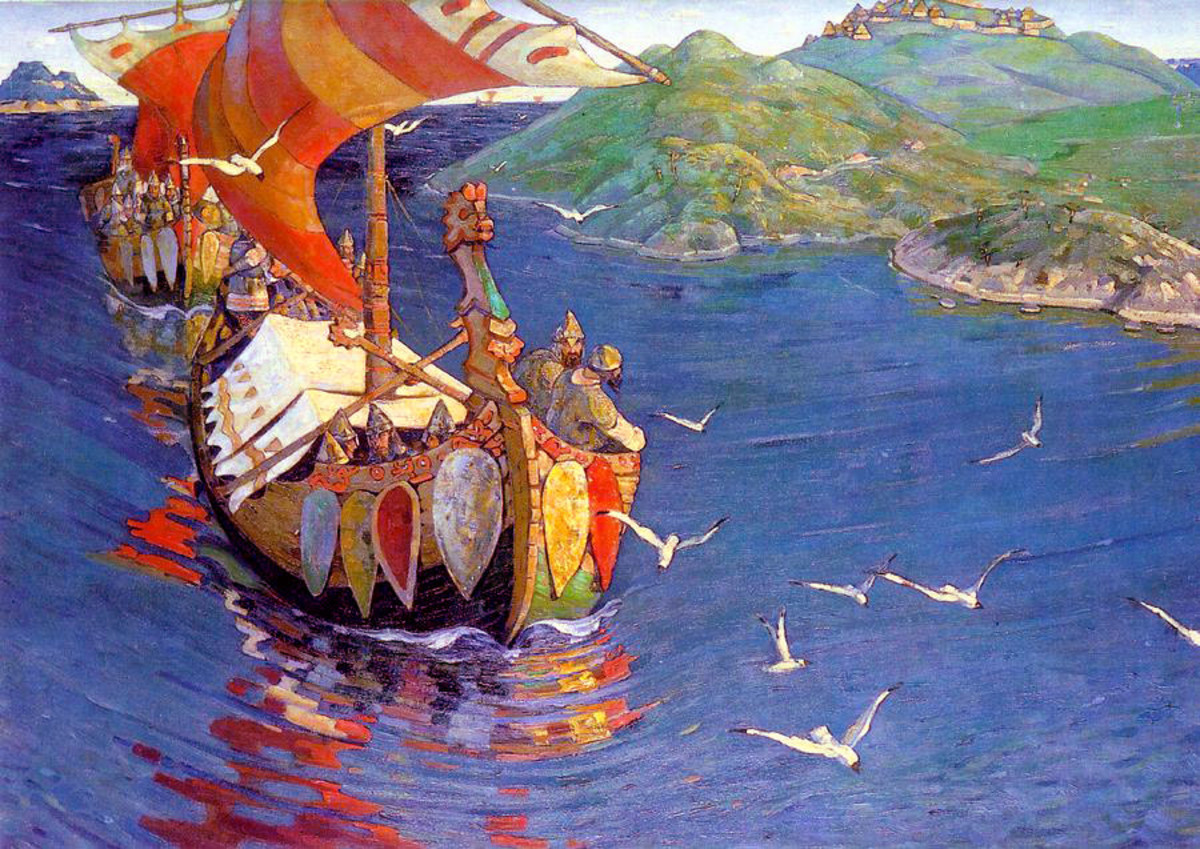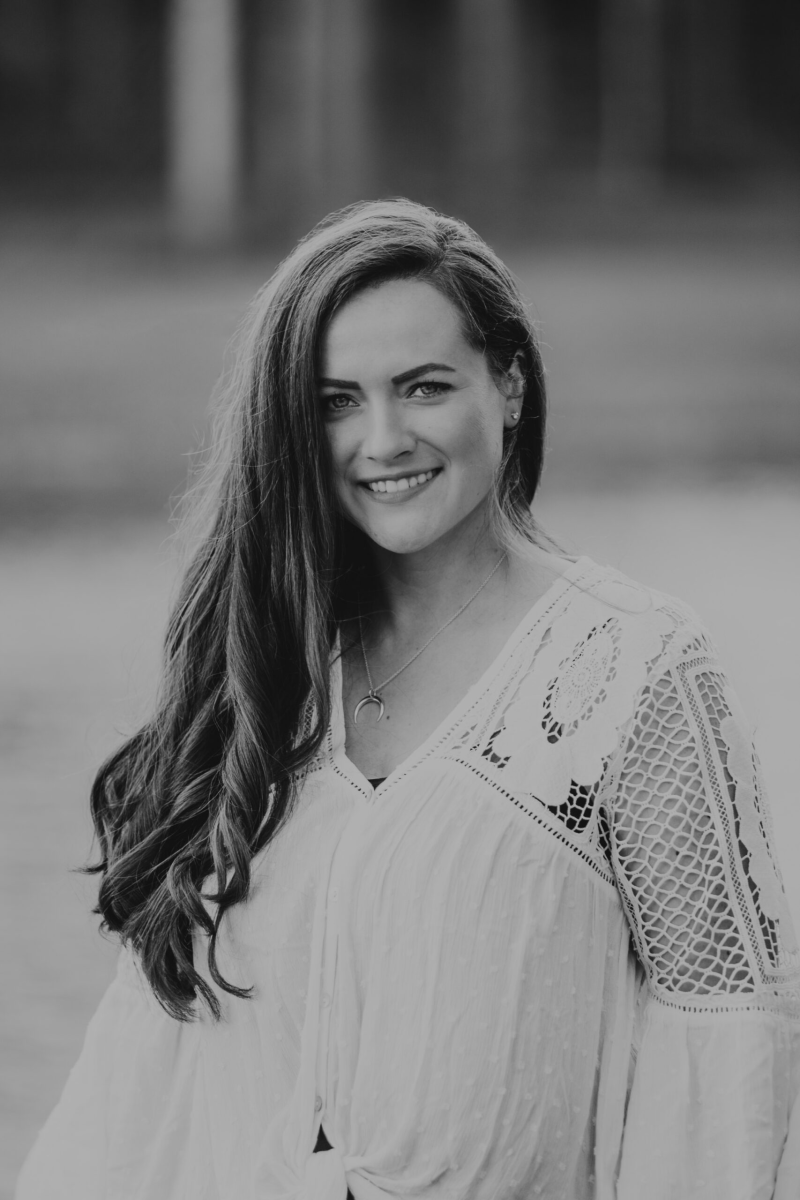- HubPages»
- Books, Literature, and Writing»
- Books & Novels»
- Fiction»
- Science Fiction & Fantasy Books»
- Fantasy
Medieval European Urbanisation as depicted in Game of Thrones

Medieval European Urbanisation as depicted in Game of Thrones
Urbanization has been one of the most constant phenomena in the history of civilization. It has not been consistent in each and every part of the world and has been changing a great deal over the courses of time. Various places exhibited various reasons for increased urbanization. Some cities were centers of political activities while others flourished in trade and commerce. Geography also played a cardinal role in evolution of cities.
The Fall of Rome had a heavy impact on the initial phases of the urbanization of Medieval Europe. The newly formed cities had a significant contrast with that of the ancient cities. The urban populace was largely comprised of merchants and artisans. Guilds and cooperative societies became prominent and there was remarkable growth in trade because of inter-city commercial activities. HBO’s Game of Thrones universe seems to have colossal similarities with that of Medieval European Life. The continent of Westeros, where most of the actions in the show takes place, has striking resemblance with Medieval Europe.
Demography
To start with the medieval demography, the population of Europe was relatively stable but it gained a great deal of momentum in the early 16thcentury. Settlements were mostly on the country side because of the prevailing feudal system. The population of Westeros can also be assumed to be extending to many millions. King’s Landing is the largest city in the continent of Westeros and the population is roughly in the vicinity of a half a million. Jaime Lannister reestablishes this number when he makes a comment on the number of dwellers in King’s Landing in Episode 7 of Season 3. While talking about demography, it is pertinent to mention about the lives of medieval women. Medieval age was not a very pleasant era for women. It was a male dominated society and women had to struggle to know their position in the society. Game of Thrones shows us a similar story in this regard. Girls are married off early and there is an intense pressure on giving birth to a male heir if she belonged to a royal family. There is no choice whatsoever of the girl on who to marry, rather marriages are mere outcomes of political gestures and matrimonial alliances. Rape and sexual violence are shown as everyday threat to the women in Game of Thrones universe. Prostitution is quite rampant too all across Westeros.
Economy
Economically, Westeros holds a mediocre level of technology and therefore most of their economic activities are limited to agriculture. The majority of the population are poverty stricken and most of the common folks only feed on a basic subsistence diet. The prevalence of chronic hunger is evident when the inhabitants of King’s Landing showcase a massive outrage against King Joffrey and almost stone him to death. However, at the other end of the spectrum, wealthy merchants and lords seem to afford lavish food and wine imported from remote lands. Hence, the striking dissimilarities between the lives of the rulers and the ruled are shown to be quite blatant.
Science and Religion
Advancements in science and technology is one of the most significant aspects of urbanization. However, medieval Europe was hardly disposed towards science and technology. All the intellectual activities were mainly focused on the Christian faith. On the similar lines, faith and religion has been given immense footing in the Game of Thrones Universe. A host of different religion is followed by the people throughout the Known World. Three different religions are followed in Westeros itself. The Faith of the Seven is the most prominent one and the King, the lords along with the general populace observe it as a royal doctrine. Besides the Faith of the Seven, The Old Gods of the Forest is observed in the North and ‘beyond the wall’ as well as The Drowned God, with the least number of followers in Westeros, is the official religion of the Iron Islands. It is important to understand the power that religion held in those times. It was not until Tywin Lannister died that religion became a perilous force in King’s Landing. Tywin held all his ropes tight during his tenure as the King’s hand. However, once he was gone, it was the golden moment for the Light of the Seven to rise to power. The most distinct evidence is when Queen Cersei Lannister is made to take her walk of atonement as a reparation in charge of committing fornication and blasphemy.
Magic and Witchcraft
The Game of Thrones universe is not devoid of magic and witchery. During medieval ages, witchcraft was mainly curative and initially meant for healing purposes in the form of spells, potions and ointments. However, with the rise of Christianity, magic and witchcraft came to be associated with paganism and devil worship. Laws against witchcraft were also brought in by The Church and anyone accused of witchery was brutally tortured or burnt alive. Nonetheless, the makers of the show have tried their best to portray the power of magic at that time and how even powerful of the kings and queens turn to magic and witchcraft in their times of despair. The most glaring example would be about Stannis Baratheon and how he does not hesitate to take his daughter Shireen’s life in the name of ‘holy sacrifice’ and watches her being burnt alive.
Slavery
Slavery and slave trade was quite rampant in Medieval Europe. The Vikings were especially notorious in enslaving people in the Nordic countries and these slaves were called the ‘Thralls’. Germanic laws had the provision for enslavement of criminals and convicts. Likewise, Game of Thrones also showcases pervasive slavery in some of the important territories. Although slavery has been officially boycotted in Westeros, however, it is omnipresent in most of the eastern continent of Essos across the Narrow Sea. Slaver’s Bay is the hub of international slave trade and cities like Qarth, Yunkai and Meereen are all participants of it. Slaves are also seen to be used in armies. The Unsullied of Astapor are warrior eunuchs who are typically slave soldiers famous for their skills and discipline in the battlefield. Slavery has been prevalent in Essos for centuries and when Daenerys Targaryen abolished it in the cities, it was quite troublesome even for the slaves to conform to their new life.
Education
Education was not the primary concern of the medieval European society. Rather than education, fighting skills were considered important. Education was also not universally accessible. It was limited to the bigger kingdoms and the high lords of the land. The realm of education was governed by the Church and the curriculum was also structured by it giving immense significance on the doctrines of Christianity and shaping the students to follow the same. In Game of Thrones, education is extremely rare and very hard to come by in Westeros and Essos. In Westeros, education is attributed solely to the Citadel and the Maesters. Education is free at the Citadel as long as one pledges to become a maester. However, one has to support themselves financially for things like food and shelter. This only goes to show that only the nobility could afford to send their children to the Citadel to become maesters. Education at the Citadel is only meant for men. When Samuel Tarly along with Gilly and her baby reached the Citadel, the latter were not permitted to enter the Citadel library as women and children are not allowed inside.
Architecture
Architecture during the medieval ages has gone through various changes such as from Romanesque to Gothic style. Gothic architecture was characterized by vaulted ceilings, pointed arch, flying buttresses and light and airy interiors. Gothic architecture is very distinct in several location of Game of Thrones. For instance, King’s Landing, the capital of Westeros is full of gothic accents. A lot of inspiration has been drawn from the medieval Constantinople while creating the city of King’s Landing. The Red Keep is the residence of the King of the Seven Kingdoms. It has ribbed vaulting, pointed arches along with naves and aisles. On the other hand, Winterfell is seen to be clearly influenced by Northern England and Scottish castles engraved in medieval folklores. Such a set up gives a clear understanding of winter’s constant presence in Winterfell. Similarly, the iron islands and Pyke have a lot of Viking influence.
Although Game of Thrones as a show is not based upon or set in a real world medieval age, and despite the fact that Westeros and dragons are not real, there is no denying to the fact that the show has significantly hacked in to the life of the middle ages and given us an opportunity to realize how living in the medieval ages would be like.
© 2018 Smritirekha Sarma Haloi

